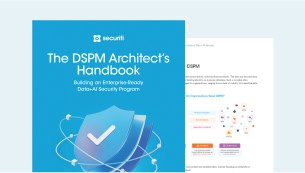This new law will have potentially significant effects on corporations especially those that use metadata or tracking tools to monitor online behavior. The e-PR has adopted the same standard of “consent” as that of the GDPR. Similarly, it has adopted identical penalties as that of the GDPR. Any violation of the regime will be subject to the same upper limit administrative fine, i.e. 20 million euros or four percent of the company’s total worldwide annual revenue, whichever is greater.
The e-PR is expected to update the existing outdated regime of the e-PD into a modernized one. It protects end-user’s privacy by ensuring their consent to the storage and access to stored data in their terminal equipment to avoid unwanted tracking cookies. It is in fact, a part of the comprehensive reform process of the European Union in relation to data protection and privacy laws.
Unlike its predecessor e-PD, the e-PR will automatically be applied to all member states across the European Union since it is self-executing and would not be requiring local domestic regulations by member states to be passed for its implementation.
How can securiti.ai help?
securiti.ai is an innovator of AI-Powered cybersecurity and data protection solutions. Its product is the world’s first PrivacyOps platform that helps automate all major functions needed for privacy compliance in one place.
The securiti.ai’s Data Subject Rights Module is an automated system that drastically simplifies the process of fully complying with data subject rights requests.
The Data Mapping Automation Solution helps customers transition smoothly from their existing manual processes to a modern automated framework with minimal disruption and tracks personal data in structured and unstructured data stores to connect it to users. It enables companies to demonstrate compliance with privacy regulations.
The securiti.ai’s Consent Management Tool automates the consent lifecycle, enabling organizations to keep trust with individual customers in the processing of personal information.
The Assessments Module enables the evaluation of the readiness of a company's internal departments and divisions and measures the organization’s strengths against data privacy regulations.
The Vendor Assessments applies powerful automation to privacy assessment collection from third-parties and power analytics to yield deep insight into third-party compliance with privacy regulations.
securiti.ai helps businesses discover data over a web of internal and external systems, stitch a data graph to link personal data with each individual, conduct an automated internal assessment of policies as well as third-party vendors, manage consent and do a lot more.
Ask for a DEMO today to understand how securiti.ai can help you comply with GDPR, e-Privacy Directive, and a whole host of other global privacy laws and regulations, such as the CCPA, with ease.




















































